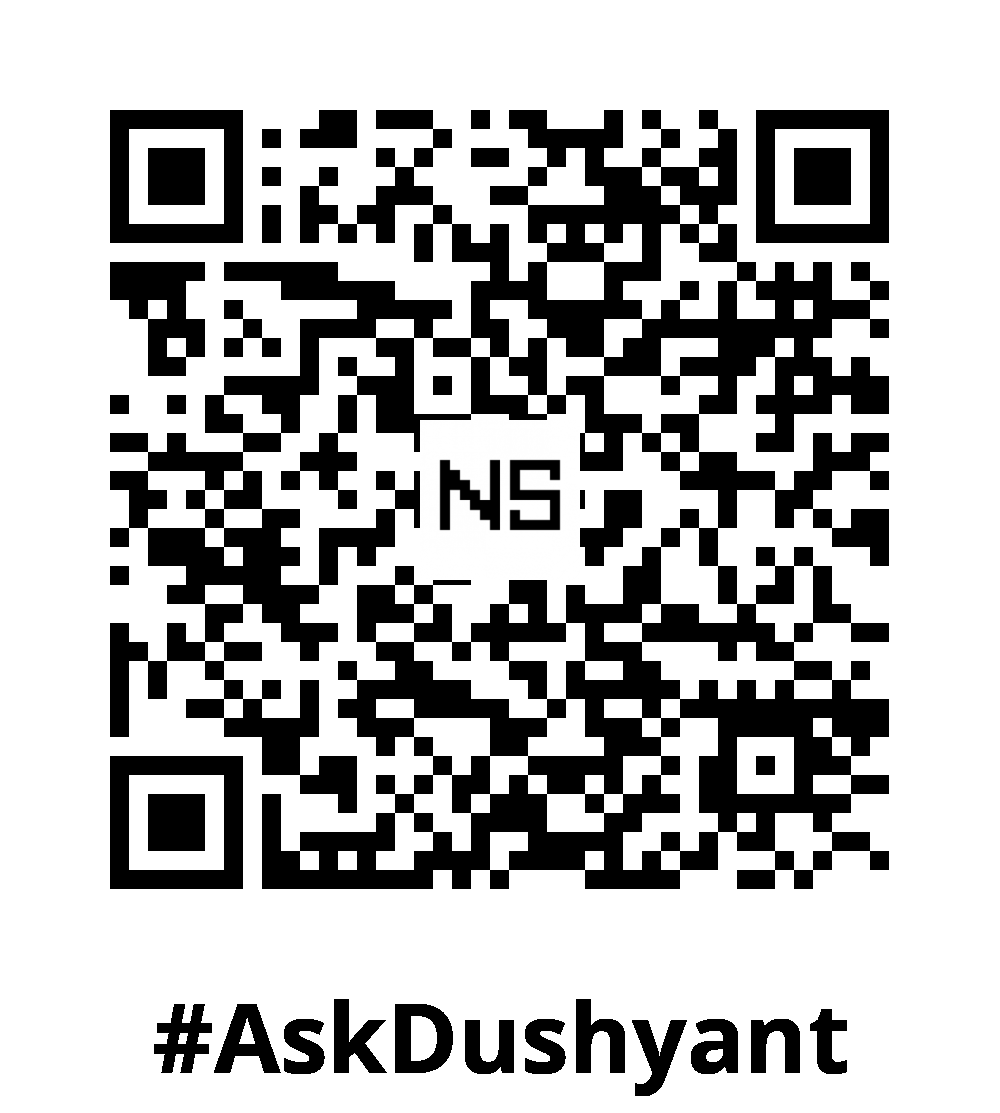Artificial Intelligence can write essays, paint pictures, and generate realistic videos. Yet, under the hood, text-based models and image-based models process information in very different ways.
In this tech concept, we break down tokens in transformers and noise in diffusion models so that anyone, even without a technical background, can understand how these systems work. I’ve spent 20+ years empowering businesses, especially startups, to achieve extraordinary results through strategic technology adoption and transformative leadership. My experience, from writing millions of lines of code to leading major initiatives, is dedicated to helping them realize their full potential.
Understanding Tokens in Transformers
What is a Token?
A token is a small chunk of text that an AI uses as a building block to process language.
It might be:
- A short word: “cat” → [“cat”]
- Part of a longer word: “unbelievable” → [“un”, “believ”, “able”]
- A space or punctuation mark: “Hello world!” → [“Hello”, ” world”, “!”]
Breaking text into tokens allows AI to process any language efficiently without storing an impractical dictionary of every possible word.
Why AI Uses Tokens Instead of Whole Words or Characters
Using whole words would require a massive vocabulary, covering every language variation, slang, and spelling mistake.
Using individual characters would make text sequences unnecessarily long, slowing processing.
Tokens strike a balance by being small enough to cover all languages but large enough to keep sequences manageable.
How a Transformer Uses Tokens
- Tokenization – The text is split into tokens using a tokenizer.
- Embedding – Each token is converted into a number vector representing its meaning.
- Attention Mechanism – The model compares all tokens to each other to understand context.
- Next-Token Prediction – The model predicts the most likely next token.
- Repetition – This process continues until the AI produces a complete response.
Example:
Sentence: “The cat sat”
Tokens: [“The”, ” cat”, ” sat”]
Token IDs: [464, 3290, 992]
The model learns that [464, 3290] (The cat) is often followed by [992] (sat).
Tokens in Different Languages
The concept is the same in any language. The main difference is how the tokenizer splits the text:
- English: “learning” → “learn”, “ing”
- Hindi: “मेरा” → “मे”, “रा”
- Chinese: “我爱你” → “我”, “爱”, “你”
Understanding Noise in Diffusion Models
While transformers process text using tokens, image-generation models such as Stable Diffusion process images using noise.
The Core Idea of Diffusion
Diffusion works by starting with a real image and gradually adding random noise until the image becomes static.
The model then learns the reverse process — removing noise step-by-step until the original image appears.
How Diffusion Models are Trained
- Start with a real image.
- Add a small amount of random noise.
- Ask the model to predict the cleaner version.
- Compare its prediction with the actual clean image.
- Adjust the model’s parameters.
- Repeat the process billions of times with different images.
Generating an Image from Scratch
Once trained, the model starts with pure noise and removes it in multiple steps until a clear image emerges.
When using text-to-image prompts:
- The text is tokenized (just like in a transformer).
- A text encoder (e.g., CLIP) turns the tokens into a meaning vector.
- That meaning vector guides the noise removal so the final image matches the prompt.
Tokens vs. Noise: Two Worlds, One Principle
| Transformers (Text) | Diffusion (Images) |
| Work with tokens (subword text chunks) | Work with noise (pixel patterns) |
| Predict the next token in a sequence | Predict the less noisy image from a noisy one |
| Learn language patterns | Learn visual patterns |
| Use attention to relate tokens | Use U-Net and attention to relate image features |
Both systems break data into smaller, manageable units — tokens for language, noise patterns for images — and learn to rebuild them step-by-step.
Why Understanding This Matters
- ChatGPT and similar language models predict tokens, one after another.
- Stable Diffusion starts with random noise and predicts cleaner images at each step.
- Both require vast amounts of training data.
- In text-to-image generation, tokens guide noise, allowing prompts to shape visual output.
A Simple Analogy
Think of tokens like musical notes in a song:
- A transformer hears a few notes and predicts the next one to continue the melody.
Think of noise like a blurry painting:
- A diffusion model starts with a smudge and sharpens it step-by-step until a clear picture appears.
One predicts what comes next in time, the other predicts what comes next in clarity.
My Tech Advice: Tokens and noise may seem unrelated, but they represent the same fundamental principle: breaking complex data into smaller pieces and learning how to put them back together.
The next time you see an AI-generated poem or a photorealistic image, you’ll know that under the hood, the process starts with these tiny building blocks — tokens for words and noise for images.
Ready to build your own tech solution ? Try the above tech concept, or contact me for a tech advice!
#AskDushyant
Note: The names and information mentioned are based on my personal experience; however, they do not represent any formal statement.
#TechConcept #TechAdvice #AI #Tokens #Noise #HuggingFace #Transformers #Diffusion #AIModel


Leave a Reply